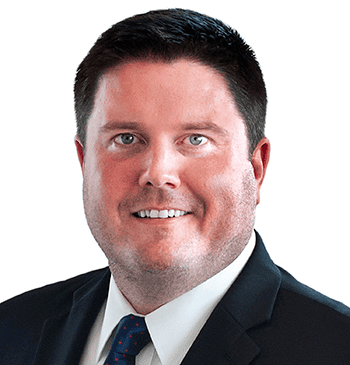
The Latest Look at the “New CFPB”
 On April 17, Consumer Financial Protection Bureau Director Kathleen Kraninger delivered her first policy speech at the Bipartisan Policy Center. She touched rule promulgation, supervision and enforcement, previewing of the tone and direction of the CFPB under her leadership.
On April 17, Consumer Financial Protection Bureau Director Kathleen Kraninger delivered her first policy speech at the Bipartisan Policy Center. She touched rule promulgation, supervision and enforcement, previewing of the tone and direction of the CFPB under her leadership.
Rule Pomulgation
One important concern for banks will be rule promulgation at the agency, or how the bureau proposes, enacts and enforces regulations. In the speech, Kraninger said that the bureau will release proposed rules to implement the Fair Debt Collection Practices Act in the coming weeks.
The promulgation of these rules has been in the CFPB’s pipeline since the Dodd-Frank Act transferred rulemaking authority related to the state exemptions under the Fair Debt Collection Practices Act to the bureau. We saw proposed rulemaking in 2013, followed by various pushes under the tenure of former Director Richard Cordray. Through these pushes in between 2011 and 2017, we learned that the CFPB’s efforts in the Fair Debt Collection Practices Act space were broad and, the industry argued, unduly burdensome on creditors. These efforts included rules to address litigation disclosures, information integrity and associated liability, time-barred debt and, possibly, first-party collector liability.
In contrast, Kraninger focused on how the new rules will provide clear, bright-line limits on the number of calls consumers may receive and how to communicate using newer technology such as email or text messages—issues the industry has sought guidance on. It will be interesting to contrast the proposed actions outlined under Cordray’s tenure to the rules issued under Kraninger.
As Kraninger made clear in her speech, “[b]ecause rules are general standards, they are not best articulated on a case-by-case basis through enforcement actions.” Rather, she said they should be developed through transparent rulemaking that allows stakeholders to submit comments and include “rigorous” economic and market analysis as well as judicial review.
Supervision
In her speech, Kraninger reiterated that “supervision is the heart of this agency–particularly demonstrated by the percentage of our personnel and resources dedicated to conducting exams.”
Though she shares this sentiment with Cordray, she pointed out that “the bureau is not the only government regulator supervising any given entity” and that it must “ensure that we do not impose unmanageable burdens while performing our duties.”
This may be the clearest demarcation between the two directors. Cordray’s leadership did not seem to consider the “burden” of supervision experienced by a supervised entity; that regime was solely focused on consumer protection.
While the industry has yet to see a substantial shift in the approach to supervision, Kraninger’s remarks hint that we will see some relief as the CFPB considers its approach to exams. The agency could make changes in the prioritization and frequency of exams, the size of the exam teams, the number days spent on-site, the supporting systems and job aids, the time it takes to complete an exam and deliver a report and how the bureau empowers examiners to provide input on the process.
Enforcement
Kraninger also stated that “enforcement is an essential tool Congress gave the bureau,” another echo to Cordray’s leadership. However, she diverged by adding that “purposeful enforcement is about utilizing robust resources most effectively to focus on the right cases to reinforce clear rules of the road.”
Kraninger’s use of the phrase “clear rules of the road” is interesting. Justice Brett Kavanaugh, then on the U.S. Court of Appeals for the District of Columbia Circuit, used similar imagery when he criticized the lack of due process in the CFPB’s “regulation through enforcement” approach with regards to their PHH enforcement action.
“Imagine that a police officer tells a pedestrian that the pedestrian can lawfully cross the street at a certain place. The pedestrian carefully and precisely follows the officer’s direction. After the pedestrian arrives at the other side of the street, however, the officer hands the pedestrian a $1,000 jaywalking ticket. No one would seriously contend that the officer had acted fairly or in a manner consistent with basic due process in that situation,” he wrote in the 2016 decision for PHH Corp. v. CFPB. “Yet that’s precisely this case.”
While only time can tell, it appears that the industry can expect clear guidance and that rules that redefine industry standards will proceed related enforcement efforts.
The more activity from the “New CFPB,” the more observers will be able to gauge how it interacts with institutions. The shift occurring under the agency’s new leadership will most likely impact those companies that push regulatory boundaries. We continue to see a deep review of institutions’ core compliance management systems and associated controls. If your bank is wading into an unsettled regulatory area, you would best served in documenting the decision-making process, including considerations of the existing regulatory framework.



